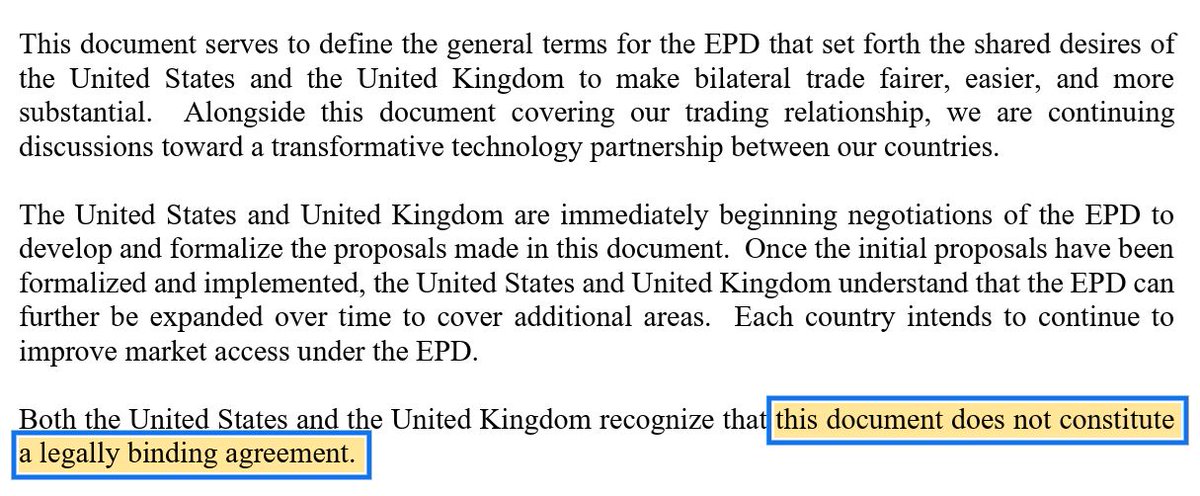BIG NEWS: You can use my new introductory econ textbooks -- written with @BetseyStevenson -- for FREE in Spring 2020.
It's a great opportunity for you to see what we've done.
To be clear: FREE for you and FREE FOR YOUR STUDENTS.
Deets ==> forms.gle/u9U6vX2YcUzUjp… #TeachEcon
It's a great opportunity for you to see what we've done.
To be clear: FREE for you and FREE FOR YOUR STUDENTS.
Deets ==> forms.gle/u9U6vX2YcUzUjp… #TeachEcon
@BetseyStevenson We have an Introductory Micro book, Macro, or combined Principles of Econ. Choose the book you need.
It'll be free for you (the instructor) & we’ll provide free (digital) copies for all of your students. Plus instructor resources.
Your students will see you as a superhero...
It'll be free for you (the instructor) & we’ll provide free (digital) copies for all of your students. Plus instructor resources.
Your students will see you as a superhero...
@BetseyStevenson Read the fine print: Obviously, I can’t persuade my publishers to do this forever. The free textbooks are just for Spring 2020. After that, it’ll back to usual retail pricing (though @MacmillanLearn is usually more competitive than its rivals).
@BetseyStevenson @MacmillanLearn Where’s the economics in all this?
It’s a signaling game.
My publisher knows whether the book is high quality. Instructors don’t. This offer loses money unless folks who try the book end up loving it. It's a costly signal worth sending only if you believe the book really works.
It’s a signaling game.
My publisher knows whether the book is high quality. Instructors don’t. This offer loses money unless folks who try the book end up loving it. It's a costly signal worth sending only if you believe the book really works.
@BetseyStevenson @MacmillanLearn If you just want to have a look at our new textbook, we'll hook up any economics instructor or journalist with a free review copy. Just fill in your deets here: forms.gle/jqbdoC1ALFv4bb…
• • •
Missing some Tweet in this thread? You can try to
force a refresh









